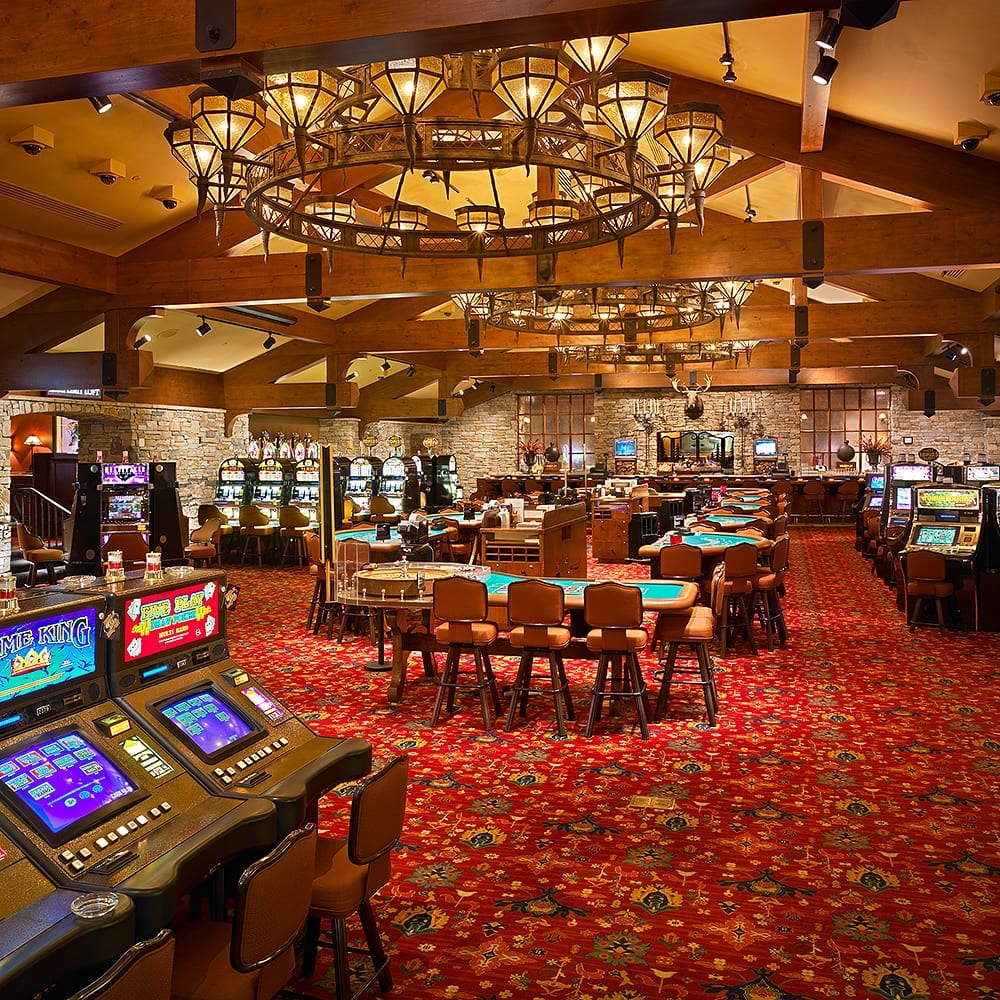
Behind these shimmering illuminations and those alluring noises of spinning reels lies a vibrant realm in which creativity meets mathematics: the making of casino games. While players flock to gaming establishments seeking excitement plus the chance of striking it rich big, a vast amount of work takes place behind closed doors to create the games they enjoy. From the initial concept to the final product that players engage with, numerous elements are brought together to ensure an captivating gaming experience.
Creators, technicians, and game developers collaborate to combine innovative technology with engaging gameplay features. Each aspect, from graphics plus sound effects to probabilities and returns, is meticulously crafted to draw in players and keep them engaged. Understanding the intricate process of the way casino games are made reveals both the technical expertise involved but also the creative vision that brings these immersive experiences to life.
Game Design Workflow
The design workflow begins with brainstorming and conceptualization, where creators develop ideas for innovative casino games. This first phase often involves identifying potential audiences and analyzing market trends. Designers take into account elements like game mechanics, themes, and payout structures to create an immersive experience. Collaboration between game designers, mathematicians, and artists is crucial to guarantee a well-rounded concept.
Once a design is selected, the next stage involves creating prototypes and testing. Designers create a working version of the game to evaluate its playability and mechanics. This facilitates adjustments and refinements based on feedback from testers. Reiteration is vital, as designers may go through multiple rounds of evaluations to optimize gameplay balance and user experience. This phase is crucial for identifying any possible issues before the game is finalized.
After testing, the game moves into development and production. This comprises the technical aspects of coding the game software, integrating graphics, and ensuring compliance with gaming regulations. Quality assurance testing verifies that the game functions flawlessly across different platforms and devices. Once everything is polished, the game is prepared for launch, often accompanied by marketing strategies to draw in players and generate buzz around the latest casino game.
Technology and Advancement
The development of gambling games has transformed significantly with progress in tech. Modern game design often includes high-quality graphics, immersive sound effects, and interactive animations that create a compelling experience for gamers. Game developers use advanced software tools and programming languages to build these immersive gaming experiences. Additionally, the use of RNGs ensures equity and unpredictability in outcomes, which is crucial for ensuring player trust and compliance with gaming regulations.
In the past few years, the surge of online casinos has expanded the limits of game development even further. Developers are now able to build games that cater to a global audience, integrating features such as live dealers and VR environments. This transition has encouraged creativity, leading to novel game mechanics and formats that enhance player engagement. Mobile gaming has also become a key focus, encouraging developers to optimize games for mobile phones and tablets, ensuring availability and ease of access for players on the go.
Cooperation among creators, visual artists, and math experts is essential in the creation process. Each team contributes their expertise to ensure games are not only aesthetically pleasing but also mathematically sound and enjoyable. 50JILI The integration of player feedback during beta testing allows developers to enhance game features and functionalities, ultimately leading to a positive launch. As technology continues to advance, the potential for innovative game concepts and experiences is limitless, promising an thrilling future for casino games.
Testing and Quality Control
Once a casino game has been developed, it moves into the crucial phase of evaluation and quality assurance. This phase ensures that the game operates flawlessly and provides a balanced experience for users. Teams conduct thorough tests, including functionality checks to confirm that all game features work as intended. Each component, from graphics to sound effects, is assessed to ensure high standards are met.
In addition to operational testing, the game undergoes stringent compliance checks to meet regulatory requirements. Different jurisdictions have specific regulations governing game fairness and player protection. Quality assurance teams will confirm that the random number generators are operating correctly and that the game’s payout percentages match with industry standards. This thorough examination helps build trust with users and oversight bodies alike.
Finally, beta testing may be conducted with genuine players to obtain feedback on user experience. This crucial insight allows developers to implement necessary adjustments before the public launch. Resolving any likely issues identified during this phase helps ensure that players will enjoy a smooth, engaging experience when the game goes live. The commitment to quality reflects the industry’s dedication to delivering enjoyable and trustworthy casino games.